Stratas Auctions will be auctioning a 1974 BMW 3.5 CSL IMSA, one of only 5 ever produced, the overall winner of the 1975 12 Hours of Sebring, and the first CSL to win a Group 5 race in the world championships for makes.
In 1970, Alpina developed the 3.0 CSL, a new, lightweight version of the exclusive BMW 2800 CS Coupe. Alpina designed the 3.0 CSL specifically for racing, with it going into production in August 1971.

It was fitted with a more powerful engine, as well as a lighter 5-speed transmission. It also had more powerful brakes, wider wheels, aerodynamic parts, a sport-tuned suspension, and an aluminum hood, doors, and trunk lid. For the 1973 season, it was homologated as a racer in Group 2.
With Joseph Neerpasch’s leadership, BMW created its own in-house racing division, BMW Motorsport. With the new in-house racing division, BMW Motorsport took over the responsibility from Alpina in developing the CSL.
Some of the changes they made were upgrading the 200hp two-valve M30 inline six-cylinder into a 330hp M38.
In 1973, the engine became the M52, and the capacity was upgraded to 3.5-liters with a new output of 370hp.

In the same year, they homologated the aerodynamic parts that gave the CSL its “Batmobile” nickname. The parts include a deep front air dam, an air guide in the place where the roof is connected to the rear window, and a large rear spoiler. The fins on the front fenders, which were wider on the back to fit the wider tires, was also one of those parts.
While they were developing the M49 engine, BMW Motorsport division was also working on producing a series of CSL race cars. 21 units were taken from the production line at the Karmann plant in Osnabrück and transported to Munich.

The shells were then installed with a roll cage, purpose-built motorsport engine, racing suspension, as well as other accessories that will make them race-ready.
The registry of all the cars made at BMW Motorsport have been meticulously recorded in the Kommissionsbuch and the chassis were produced in descending order starting from chassis number 2 276 000 going down to 2 275 980. Chassis #987 was one of the only four CSLs that were made with IMSA GTO specification.

In 1975, the CSLs started out in Group 4 configuration. Chassis #987 and #988 were the first two cars that BMW Motorsport raced in the US. They both participated at the Daytona and Sebring in the 1975 season.
The fledgling BMW of North America started operating in November 1974 as it took over from independent importer, Max Hoffman. The BMW IMSA campaign was used as marketing for the newly established BMW NA and to increase brand awareness.

In early 1975, NASCAR legend Bobby Allison leased a shop space to BMW Motorsport. Just two days before BMW was due for their first test at Daytona, they arrived in Hueytown, Alabama to an empty metal building.
The team had to work double-time as the Daytona 24 Hour was scheduled two weeks later, on February 2, 1975.

Chassis #988 was driven by American Sam Posey and Hans Stuck wearing racing #24. Chassis #987 was driven by Swedish driver Ronnie Peterson and British driver Brian Redman under racing #25.
Although Peterson had raced at Daytona only once before, he was able to record a lap time of 1:56.710, which helped put #987 in second place on the grid. Unfortunately, despite their best efforts, both #987 and #988 were tagged DNFs in their first try at Daytona.
12 Hour race at Sebring was scheduled on March 21st, and with less than three weeks left, the team started coming up with a plan that would help them, based on what they experienced at Daytona.

Redman shared their strategy at the time, and it was straightforward, as their goal was to simply “break ze Porsches!” Stuck and Posey were given orders by Jochen Neerpasch to race as quickly as they could in number 988, while Redman and Allan Moffat role were to take it easy, driving number 987 at 8,500rpm rather than at its 9,000rpm redline.
The strategy was a success as #988 forced their archrival Peter Gregg/Hurley Haywood in the Brumos Porsche to retire.

Since #988 was also out of the race, all the attention was on #987. When the race ended, #987 had a huge lead over the rest of the cars, although it was also suffering from a failing wheel bearing and a dead alternator.
15 minutes before the checkered flag, its rear axle temperature was already off the gauge. Redman pushed the struggling #987 to the checkered flag after being behind the wheel for 9 hours. His nearest competitors were three laps behind.

In only their second race, the BMW team scored their first major victory on US soil. Munich sent over a telegram from BMW chairman Eberhard von Kuenheim and sales chief Hans Erdman Schönbeck congratulating them on their victory.
The next months, however, would prove to be challenging for the new team. At Road Atlanta, #988 crashed at testing while #987 had a rear hub failure sending Sam Posey into the barricades which forced the #987 to retire for the 1975 IMSA season.
In 1976, BMW Motorsport was back. #987 was seen at Daytona in its Motorsport livery sporting a “Hermetite” across the top of its windshield. Joining it was #988 and another CSL. #987 was driven by John Fitzpatrick and Tom Walkinshaw.
Halfway through the race, with Fitzpatrick in second, electrical problems forced him to go into the pits. #987 was able to rejoin the race, but by they were not able to recover completing only 457 laps and placing 15th. #987 was then sent back to Munich and was then converted to Group 5 specification.
#987 was given the latest M49 engine, larger spoilers, and a new Hermetite livery reflecting its sponsorship. In March 1976, #987 made its debut at the World Championship of Makes’ at its season opener at Mugello.

Fitzpatrick and Walkinshaw would again find themselves behind the wheel, as it finished 6th in Division 3, and 8th overall. At Vallelunga, the next race venue, they got a 4th overall finish, and was 3rd in class. A month afterwards, they were able to snatch their first Group 5 victory at the World Championship for Makes at Silverstone.
Later in the season, they had another win at Zeltweg, allowing BMW to have a 2nd place overall for the 1976 season, a mere 10 points behind their arch-rival, Porsche.

1976 was to be the last season for the CSL as a BMW Motorsports racer. It did however enter the South African 1,000 Kyalami race. The race was not part of the regular season, but the race paid the transportation costs as well as the start money to assure a strong field. Unfortunately, after developing a fuel leak on lap 99, #987 was forced to retire, also ending its international racing career.
When the CSLs were retired, BMW were not keeping its old race cars. After keeping one IMSA-spec CSL, #984, for show and display, they sold the rest of the CSLs to privateers. After the South Africa race, CSL #987 was put on sale and it was bought by Vasek Polak, a Hermosa Beach BMW and Porsche dealer and racer. Polak bought both #987 and #988 although he only raced them occasionally.
The cars were raced until 1978, where they were then placed in storage for almost 20 years. Henry Schmitt then approached Polak about the possibility of buying one. Schmitt and Polak negotiated the details about the purchase of #987 along with a supply of spares, shortly before Polak’s passing in 1997 from an auto accident. His estate honored the deal, and in June 1997, ownership of the CSL 2 275 987 was transferred to Schmitt.

In 1997, the racing history of the cars were not widely known. The race numbers of the cars were constantly swapped, and the chassis numbers were not being tracked as they are currently doing, so tracing the true heritage of the cars was a bit tricky. Schmitt assumed his car was just another Motorsport-built IMSA CSL and that it had no real winning history, he used the car for racing in 1998.
In 2005, Schmitt decided to improve the performance of the CSL. He utilized the expertise of Bill Watson’s Road Rockets at Sears Point. His goal was to update the car as much as possible, but still have it within the vintage racing rules.
They removed the original engine and set it aside for preservation. They then used an M30 cylinder block from a first-generation 7 Series to replace it. The new engine used the original components from the original engine so that the engine bay would have a look that is practically identical to the original engine, except that the cam cover had “BMW M Power” cast on it, unlike the M49.

Other changes to the BMW 3.5 CSL IMSA included new seats, a new fire control system was installed, the safety equipment was updated, new air conditioning, and new BBS wheels were also fitted.
It was not until 2016 that BMW confirmed the BMW 3.5 CSL IMSA #987 as the 1975 Sebring winning racecar. It was eventually confirmed that #985, which was the one formerly recorded as the winner, did not arrive in the US until May of that year.
The Kommissionsbuch was reviewed, and it was eventually verified that the race cars were built in descending order, confirming that the higher numbered cars were actually the older of the CSL race cars.
In February 2017, the corrected history was published in the Bimmer magazine written by Tom Pucinsky from BMW of North America. Schmitt has always had a suspicion that the BMW 3.5 CSL IMSA was actively raced in 1975 and that it was not simply a spare.

The BMW 3.5 CSL IMSA has been restored to its as-race configuration in its 1975 Group 5 bodywork. It is fitted with the BMW Motorsport’s IMSA livery, instead of the Hermetite colors that it had during the World Championship for Makes.
More information regarding the auction of this unique 1974 BMW 3.5 CSL IMSA can be found at Stratas Auction.
[Source: Stratas Auction]


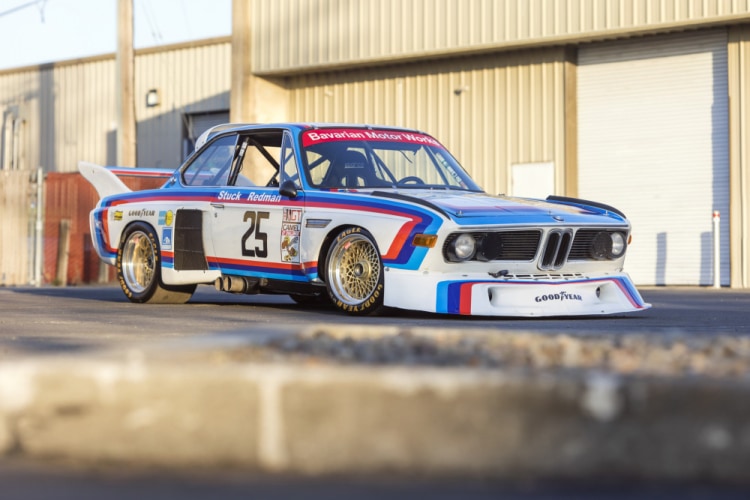
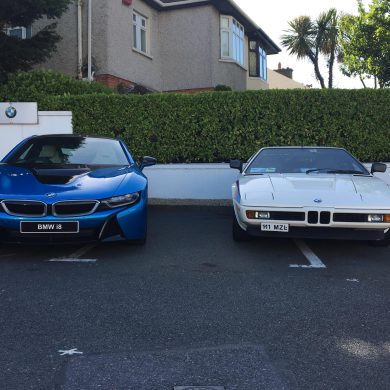
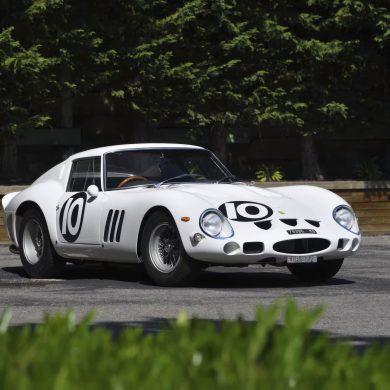
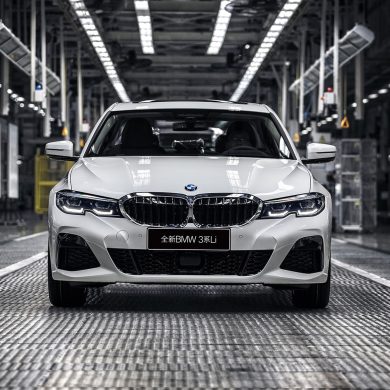
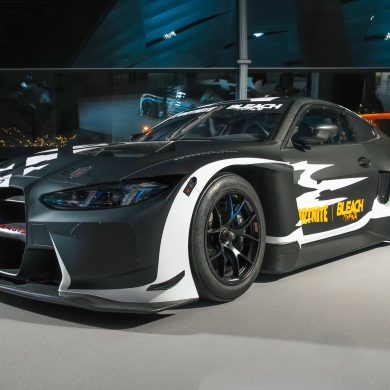
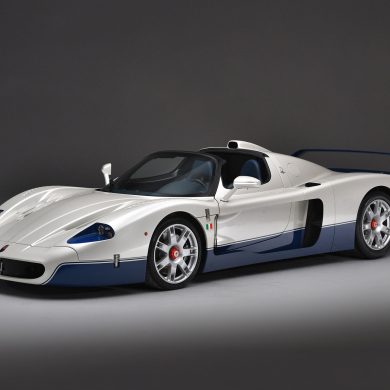
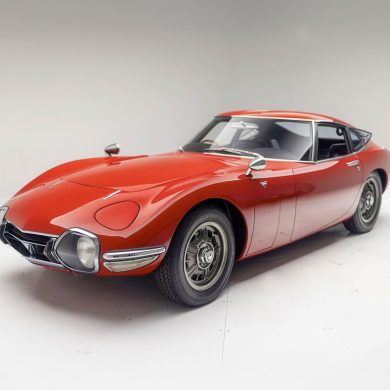


Henry Schmitt. There’s a name from the past – worked for him for a while @ BMWSF, and was left with some humorous stories.